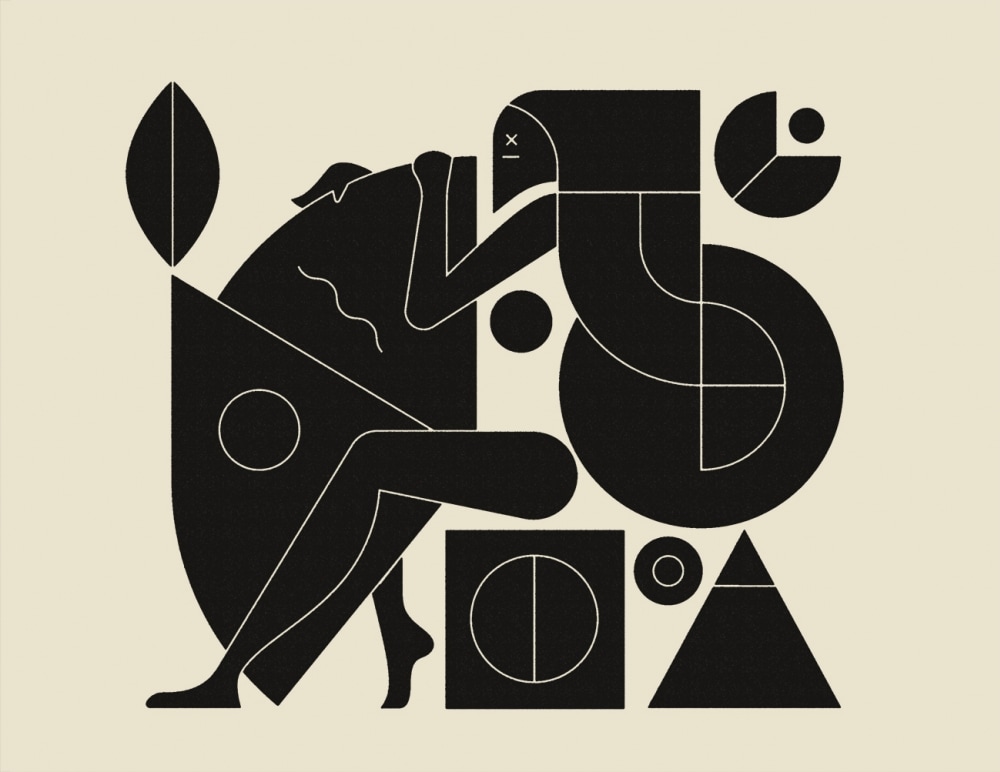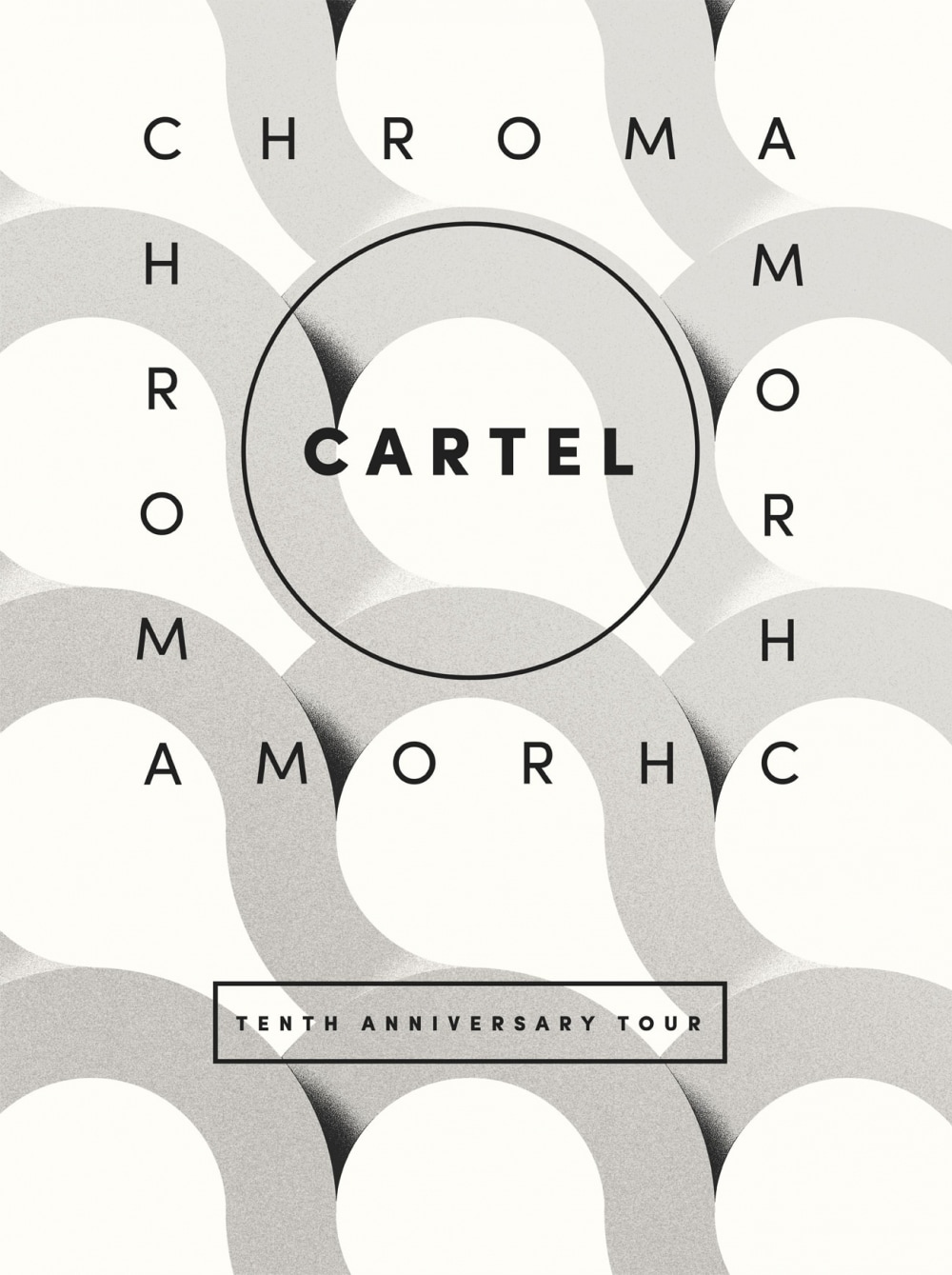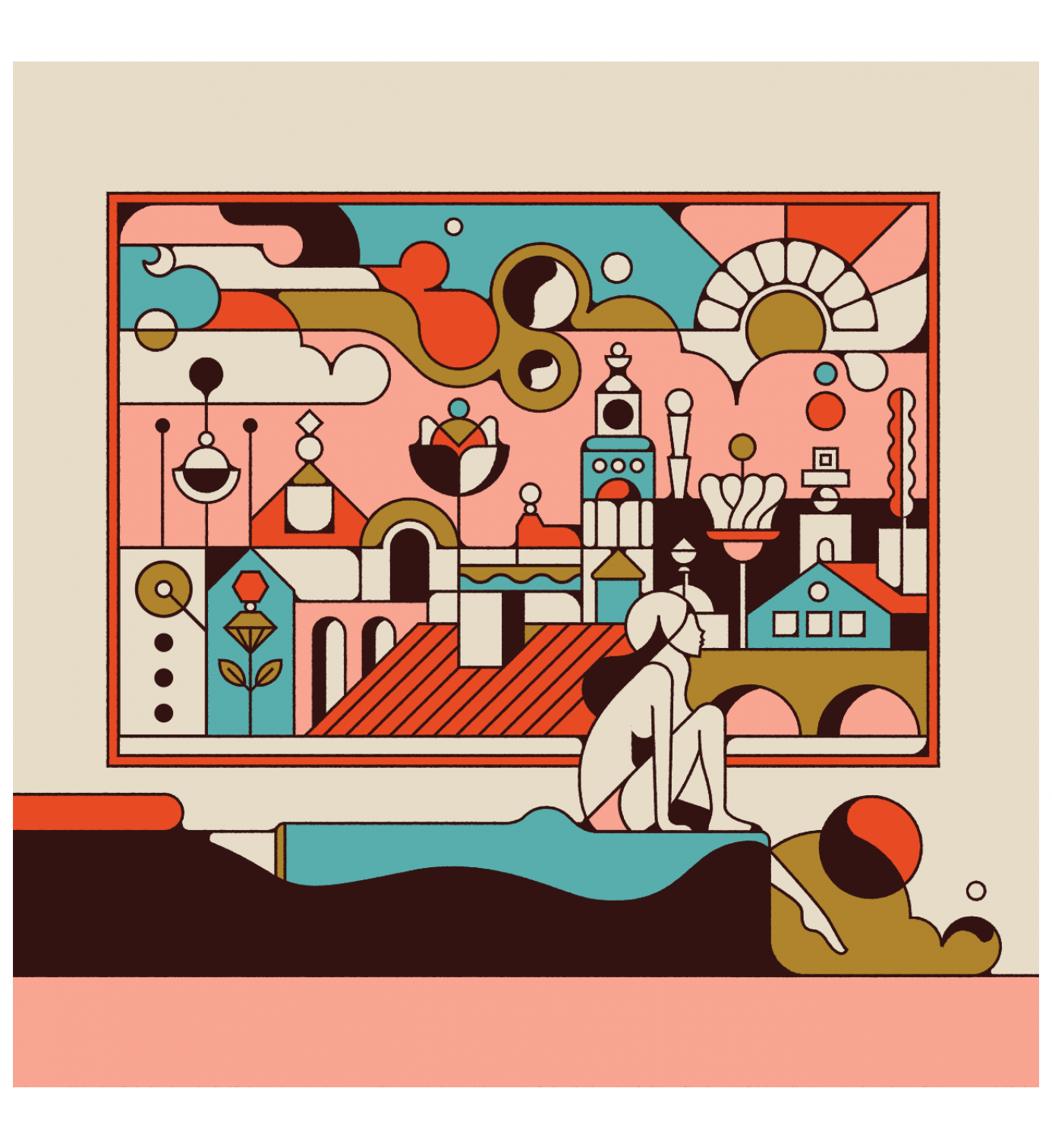In the early 1900s, physiologist Ivan Pavlov conditioned dogs to conduct a determined action in response to a specific stimulus. By ringing a bell and then presenting food to the dogs, Pavlov taught his furry research subjects a behavior they would otherwise be oblivious to. In the process, he discovered an effective learning style. Through repetition of external stimuli, the dogs crafted an association between the bell and the delicious dish of food.
Presentation Design Inspiration: Pavlov Visuals
A trio of designers at Pavlov Visuals hinges their entire business on the power of repetition. According to their website, twin brothers, Ryan and Calvin, along with their friend, Josh, aim to “add a bit of music to your brand’s visual identity.” Pavlov Visuals have collaborated with clients ranging from Live Nation and Sony Music to Coors and Reebok. A review of their design portfolio and published works will reveal the creators reliance on scale and shape for developing repetition in a piece.

Source: Pavlov Visuals
The usage of lines as the primary design element in the above illustration is a subtle tip of the hat to repetition. It’s intriguing, but simple – two factors brands need to stand out among the media clutter and to quickly communicate their value and core message.

Source: Pavlov Visuals
Using geometric shapes, Pavlov Visuals designed an abstract work with anything but mathematical vibes.
Presentation designers can also use scale and shape in their creations to emphasize a point or complement a narrative.
The Function of Repetition in Design
Repetition in a presentation design project serves many purposes. Repeating words or phrases throughout your presentation script or slide copy keeps the items fresh in the audience’s minds. They’ll likely remember the points you repeat more vividly than those you mention less often. Repetition in the design layout of your presentation creates texture – increasing the visual appeal of a slide. Pavlov Visuals uses repetition extensively in their work, achieving the following goals:
Creating a consistent tone
Whether you want to present a conservative and sleek deck or a vibrant and dynamic slide sequence, repetition could play a large role in the layout. In the images below, Pavlov Visuals used repetition to create a consistent tone – the first example being more conservative and the second, more creative.

Source: Pavlov Visuals

Source: Pavlov Visuals
The repetition of visual elements should not be viewed only as either an ornate expression of ideas or trendy graphical representation. It’s function is varied and always impactful.
Strengthening viewer associations
For Pavlov Visuals, repetition is their differentiator as a design agency. Repetition not only helps illustrate the main points of a single communication piece. It also establishes a greater connection between a brand’s content and their audience. The more intentional the design consistency, the more audience connection. Pair that with an increased volume of design sharing and you’ve got a marketing match made in heaven.
In your presentation design, consider playing with repetitive elements.
For more presentation design inspiration, check out more of our favorite creators!
Presentation Design Inspiration: Sagmeister & Walsh